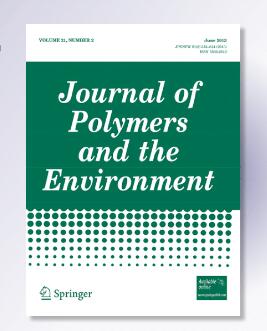Bio-transforming Cassava Pulp into Valuable Volatile Fatty Acids as Renewable and Inexpensive Substrates for Biogas and Bioplastic Prospects
Abstract
Cassava pulp (CP) generated annually in Thailand has become the major agro-industrial solid waste problem, but its potential for volatile fatty acids (VFAs) production has not been intensively explored. Waste-derived VFAs gained attention due to their broad applications as substrates for biomethane and bioplastic or bio-based chemicals, replacing petrochemical-based ones. This study proposed the next generation of CP waste management for VFAs production as renewable and inexpensive substrates for biogas and bioplastic prospects. A microbial consortium enriched with hydrolytic and acidogenic bacteria (EHA) was used as inoculum seed for anaerobic fermentation of CP to produce VFAs. The stepwise increasing substrate to 5% CP resulted in VFAs yield of up to 0.16 g acetic acid and 0.22 g butyric acids per g of CP added, requiring only 1% of microbial inoculum. Acid-tolerant spore-forming Clostridium dominated the EHA consortium and was easy to maintain during stress conditions. If the annual CP generated is subjected to this proposed waste management system, 0.31 million tons of acetic acid and 0.43 million tons of butyric acid can be produced annually. These VFAs can be further used as mixed VFAs for biomethane and bioplastic production prospects or extracted as a pure VFA and sold to the chemicals market. Moreover, bio-transformation of CP into VFAs through fermentation using the special EHA consortium requires minimum operational cost and produces high-economy products while minimizing greenhouse gas emissions to the atmosphere. This next-generation CP waste utilization will be of good use in the future by contributing to sustainable development goals.


 求助内容:
求助内容: 应助结果提醒方式:
应助结果提醒方式:


